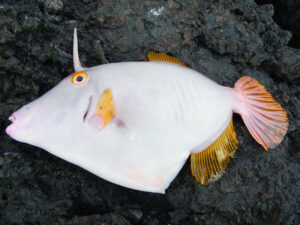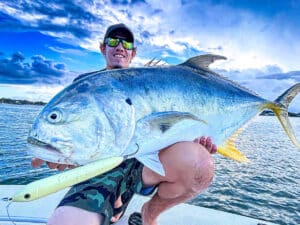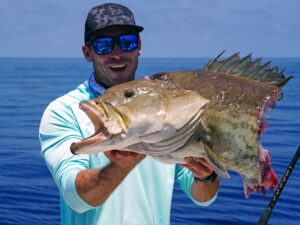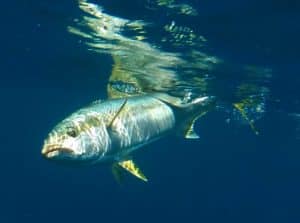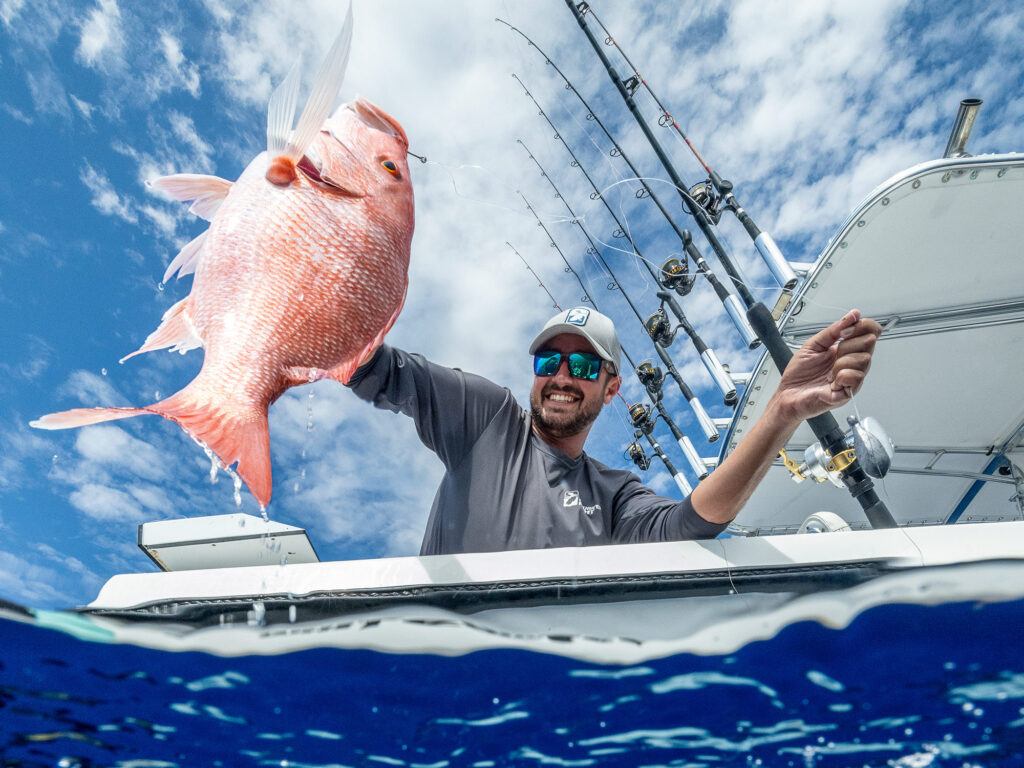
Since the term paradox defines a statement or condition likely self-contradictory and contrary to any logic or reason, labeling red snapper management in the South Atlantic as a paradox is on the money. The South Atlantic federal red snapper season this year is one day — July 12, 2024. Clearly, any reasonable person would assume, red snapper are an endangered species to engender such draconian regulations.
Matter of fact, both scientifically via stock assessment data and empirically via captains on the water almost daily, there’s widespread agreement that there are more red snapper in the Atlantic from Florida to the Carolinas than at any time in recent memory.
“They’re everywhere! You can hardly catch anything else!” says longtime sportfishing-industry veteran Dave Workman at Strike-Zone Fishing in Jacksonville, Florida. And they’re spreading. Historically, to catch red snapper, anglers fished roughly 100 to 300 feet of water. Now, as their populations snowball, reds have also moved into shallows, often caught in just 50 feet, and much deeper, even in 600 feet.
Why the Short Red Snapper Season?
So why in the world would the feds have a 1-day season for 2024? Warning: Trying to understand any explanation is not unlike trying to make sense of one’s situation when lost in a house of mirrors.
But, at least as best I can figure it, NOAA Fisheries insists red snapper are “overfished and experiencing overfishing.” Never mind that no one is actually harvesting them. According to fishery managers, the primary culprit is discard mortality from red snapper caught during the year as bycatch by anglers after other species.
That’s hardly unlikely given that red snapper are decidedly aggressive and can show up anywhere in the water column at any time. Since snapper are so widespread, only by closing the ocean to all reef/coastal fishing could they be protected. (Shh! Don’t even say it!) There’s a tendency of snappers brought to the boat to experience barotrauma. And that can make their successful release difficult, although the odds go up considerably for anglers using required descending devices.
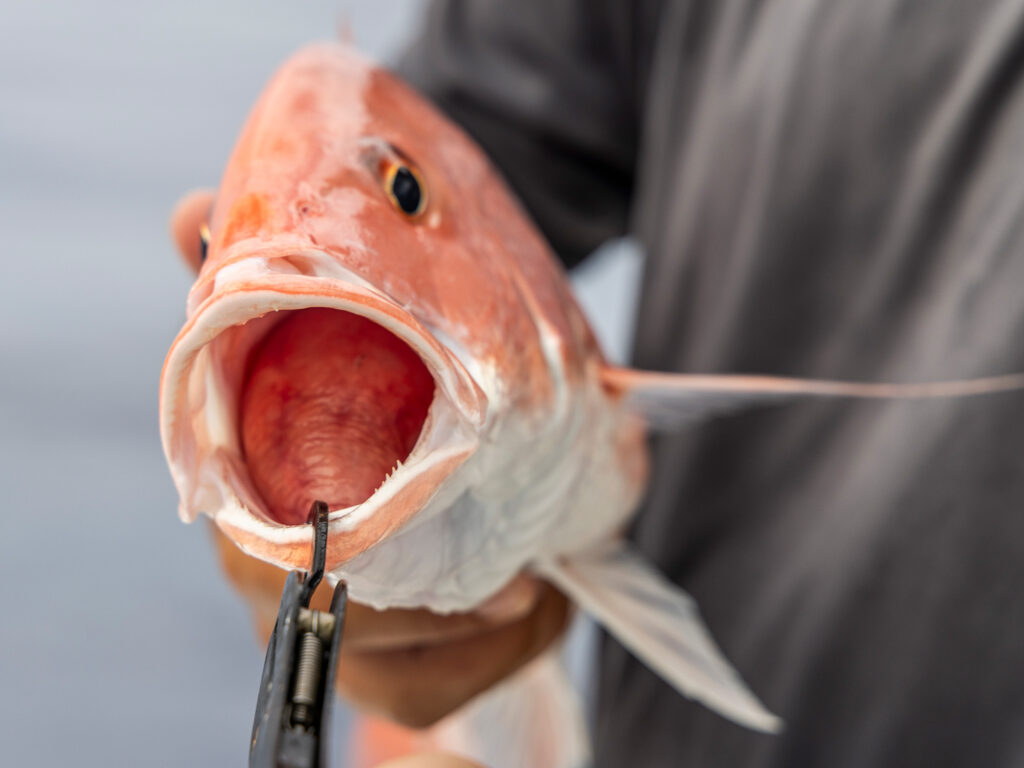
Of course, that takes us back to another paradox: If release mortality accounts for decimating the species, how can the South Atlantic be so full of red snapper? Chris Horton, senior director of fisheries policy for the Congressional Sportsmen’s Foundation, says if the government’s “stock/recruitment model is correct, this fishery should be collapsing. The numbers just don’t add up.”
Similarly, the numbers for red snapper in the Gulf of Mexico were “not adding up” only a few years ago, such as in 2017 when NOAA Fisheries offered red snapper anglers a three-day season for the year. Here, too, the uproar was mighty since the Gulf was absolutely teeming with red snapper.
But the past few years have seen seasons for Gulf snapper get longer and longer. This year, while South Atlantic anglers get one day to catch the super-abundant red snapper, their Gulf of Mexico counterparts will likely enjoy fishing for red snapper for more than 100 days, stretching selectively from June through November.
The difference has little to do with abundance of the fish. Quite simply, a few years back, the feds allowed Gulf states to begin managing the recreational red snapper quota off their shores on their own. In essence, Gulf-state fishery managers, politicians, and anglers had no trouble proving to the feds that its numbers were totally out of whack, and that state management could and would do a much better job of accurately estimating how many red snapper were being landed by anglers, and managing accordingly.
Finally, NOAA Fisheries said in effect, okay, if you can do it better, go ahead. State fish managers did go ahead with their own, more robust yet more nimble systems to collect recreational-landings data. The result showed that anglers could be fishing more days while not exceeding red snapper quotas. At about the same time, an unrelated but independent Great Red Snapper Count showed — guess what? — at least three times the number of snapper swimming in the Gulf versus federal estimates.
Fixing the Red Snapper Season
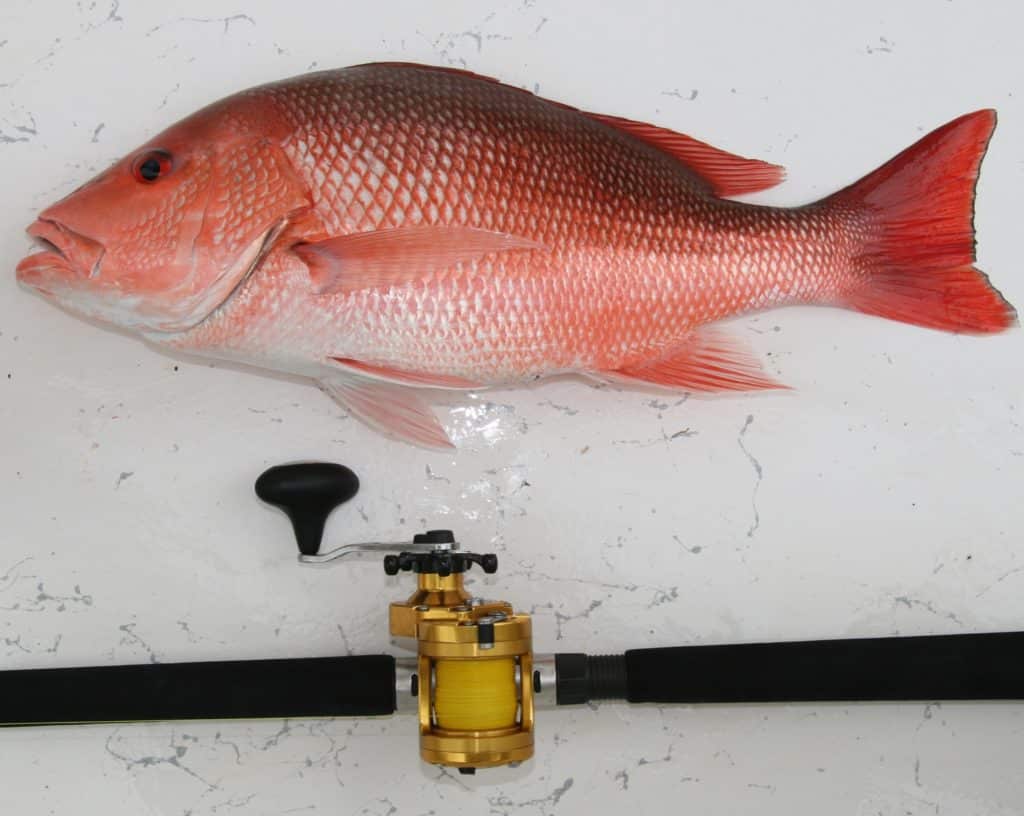
So therein lies the primary reason for 100-plus days of snapper fishing for Gulf Coast states and a single day of snapper fishing in the South Atlantic. Put simply, it’s state management of federal quotas versus federal management of federal quotas. As you might guess, there’s increasing pressure on Georgia and the Carolinas to take over management. Florida has a head start for its Atlantic coast fishery thanks to its experience managing the state’s Gulf-side snapper.
But, Horton points out, all four South Atlantic coastal states will have to develop their own recreational data collection programs and divide up quotas equitably as was done by Gulf states. And there’s still pushback, with some at the state level citing the cost of taking over management of snapper. But it’s worth it, in the opinion of Horton (and many others): “It’s a great thing to get out from under the constraints of poor federal catch data in favor of more accurate and timely state data-collection programs,” he says.

